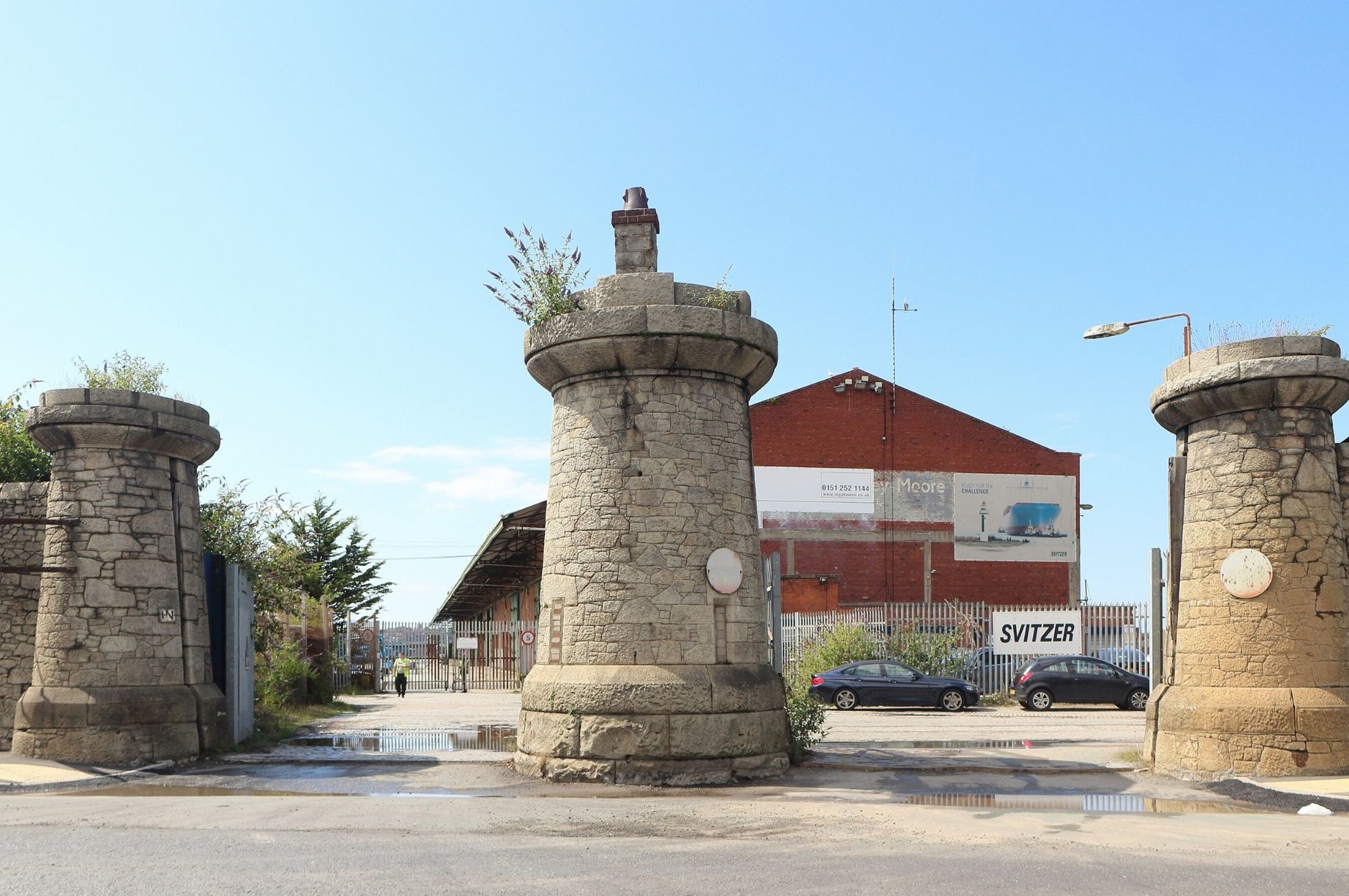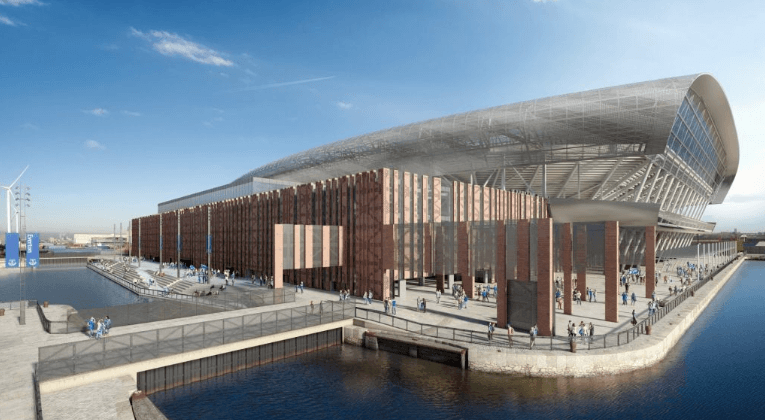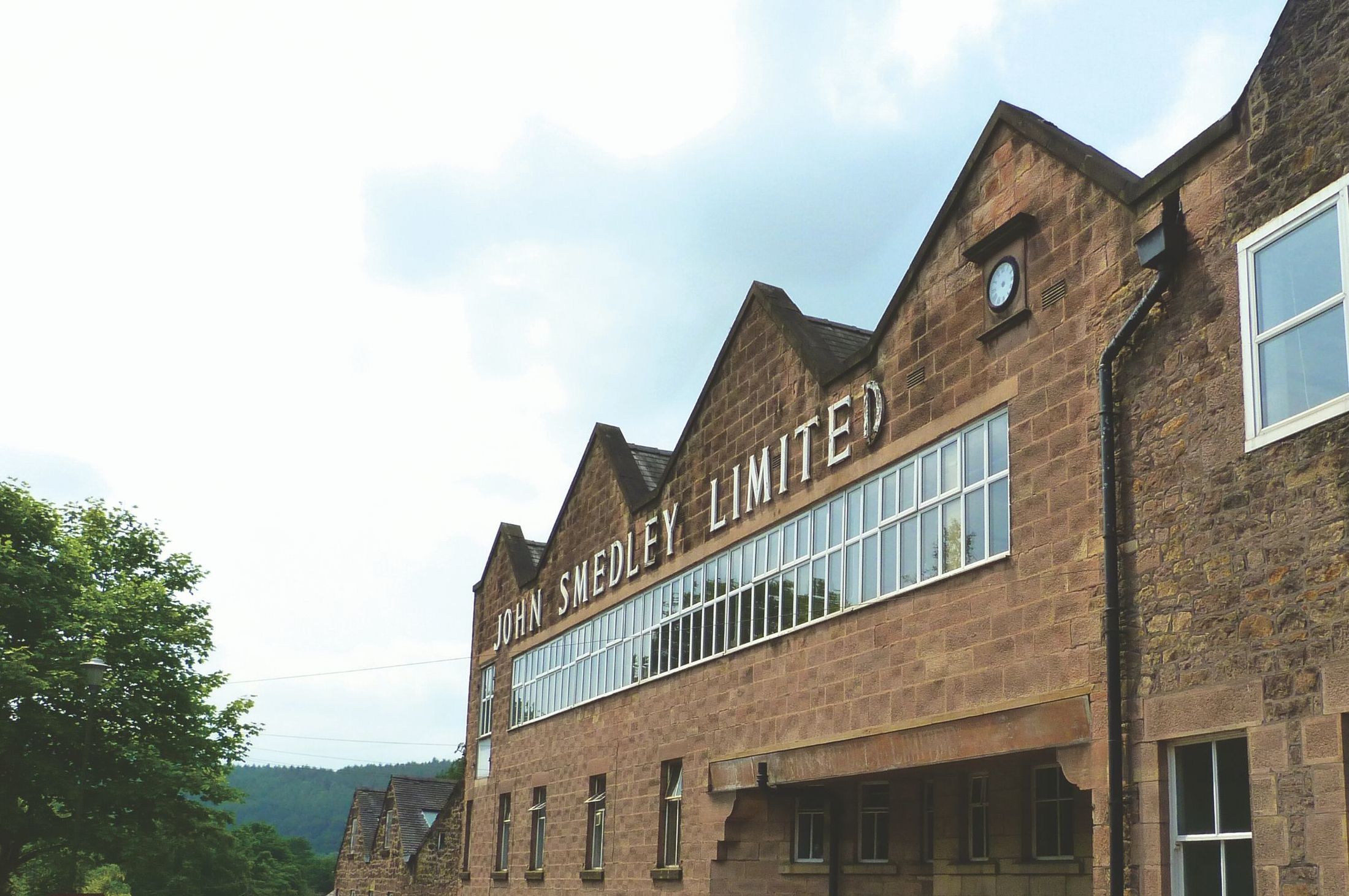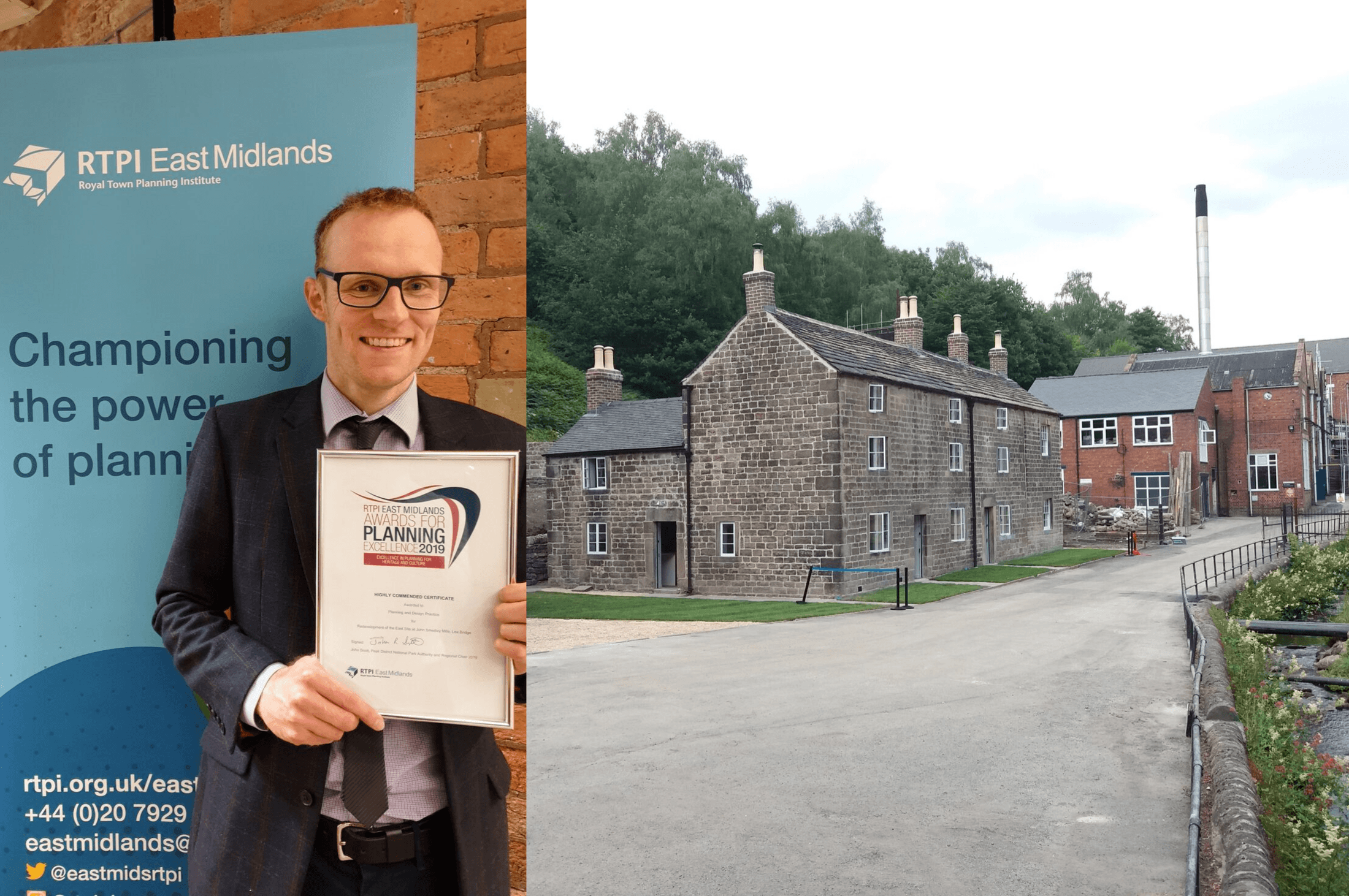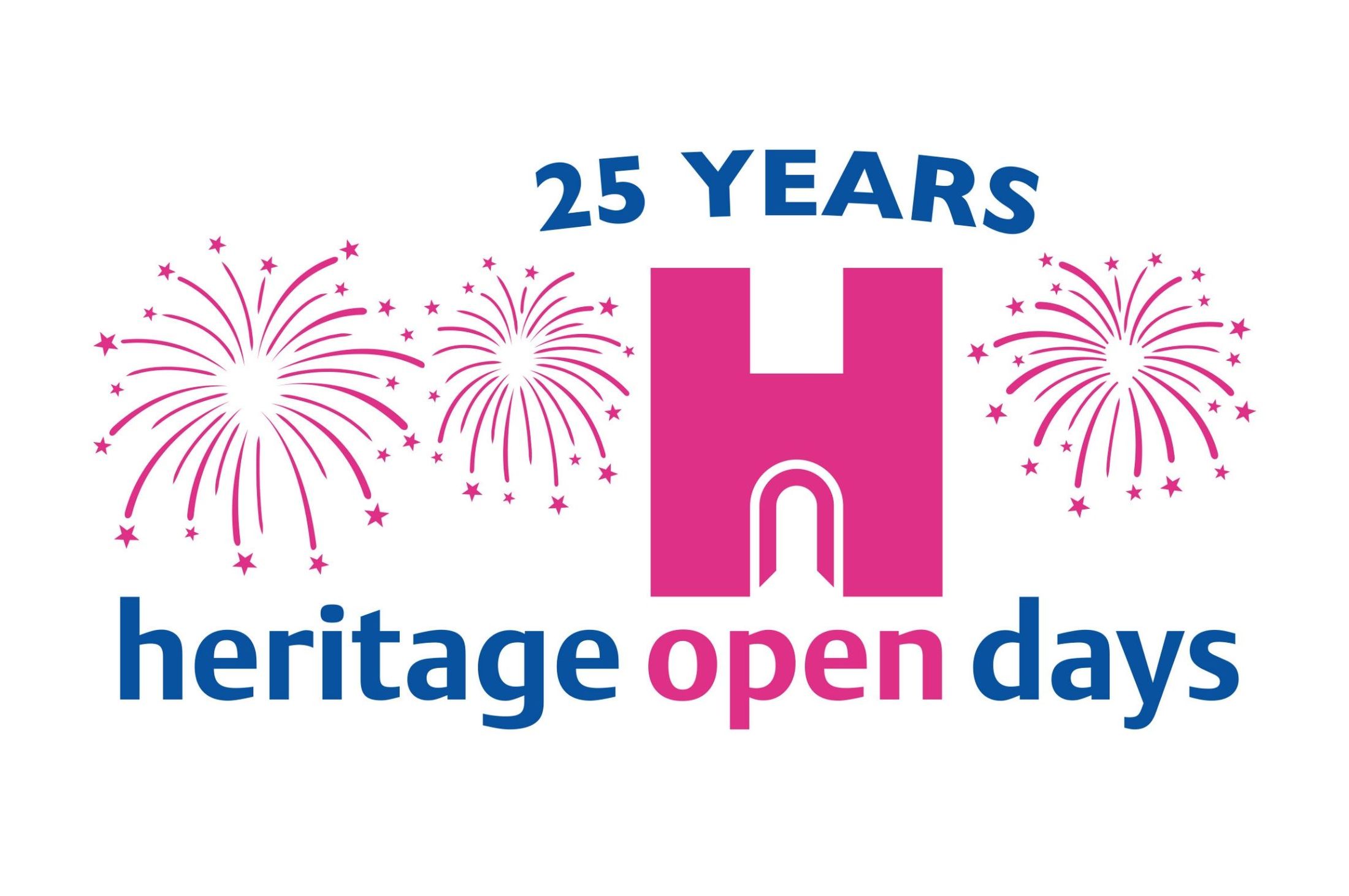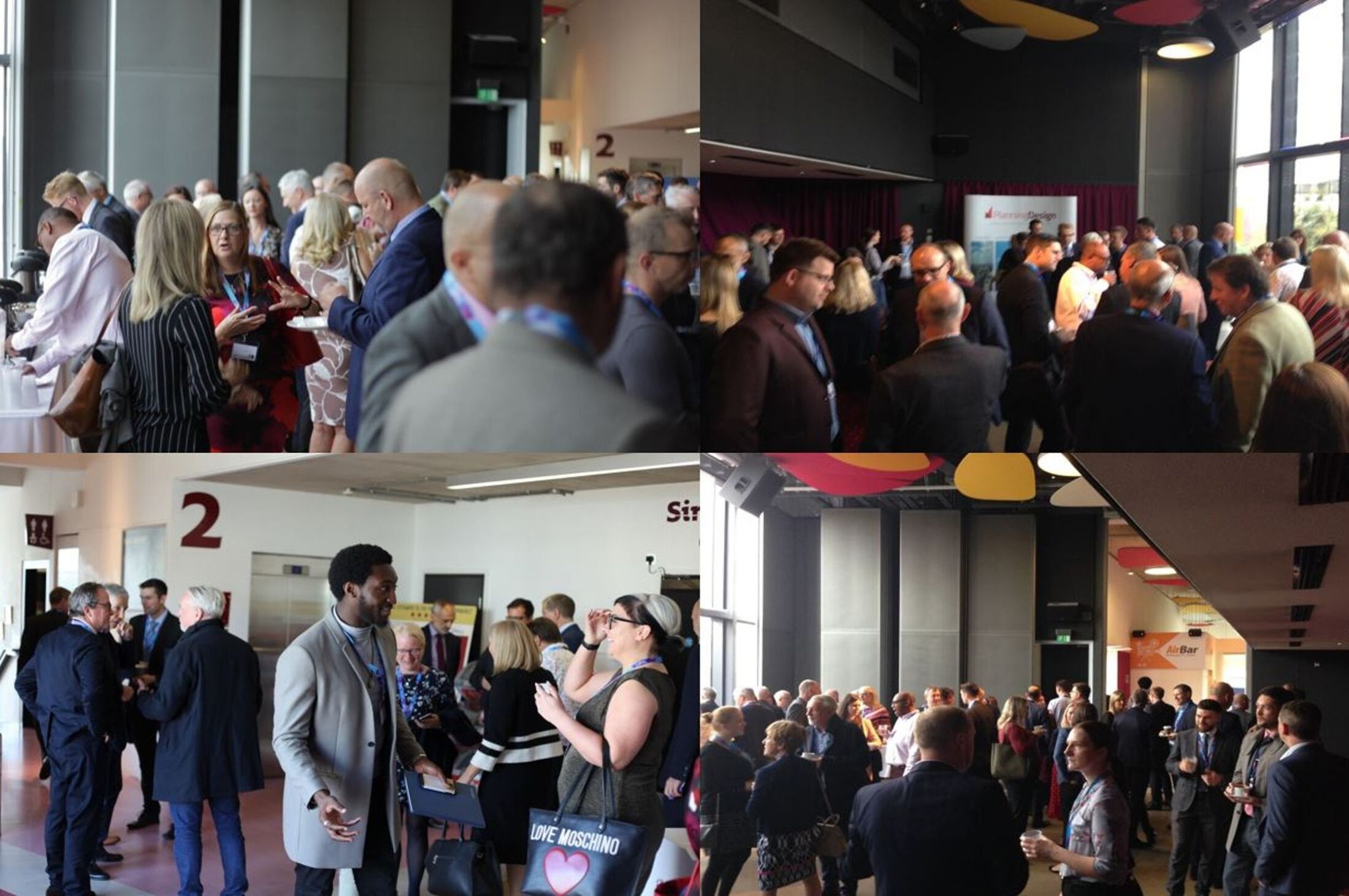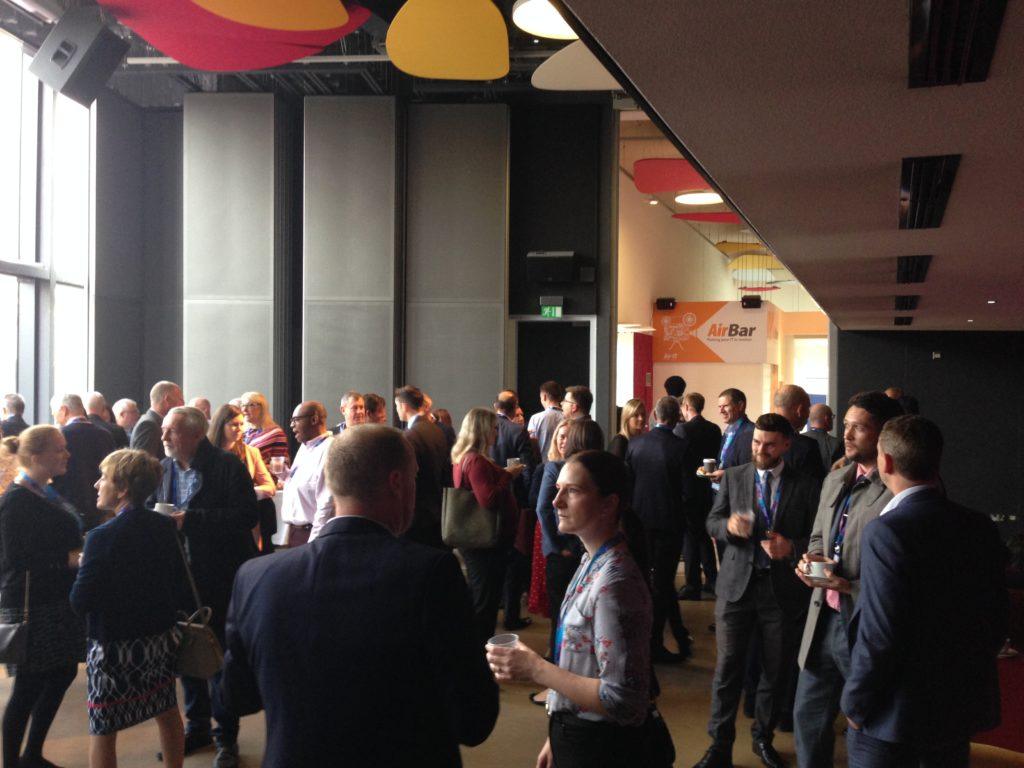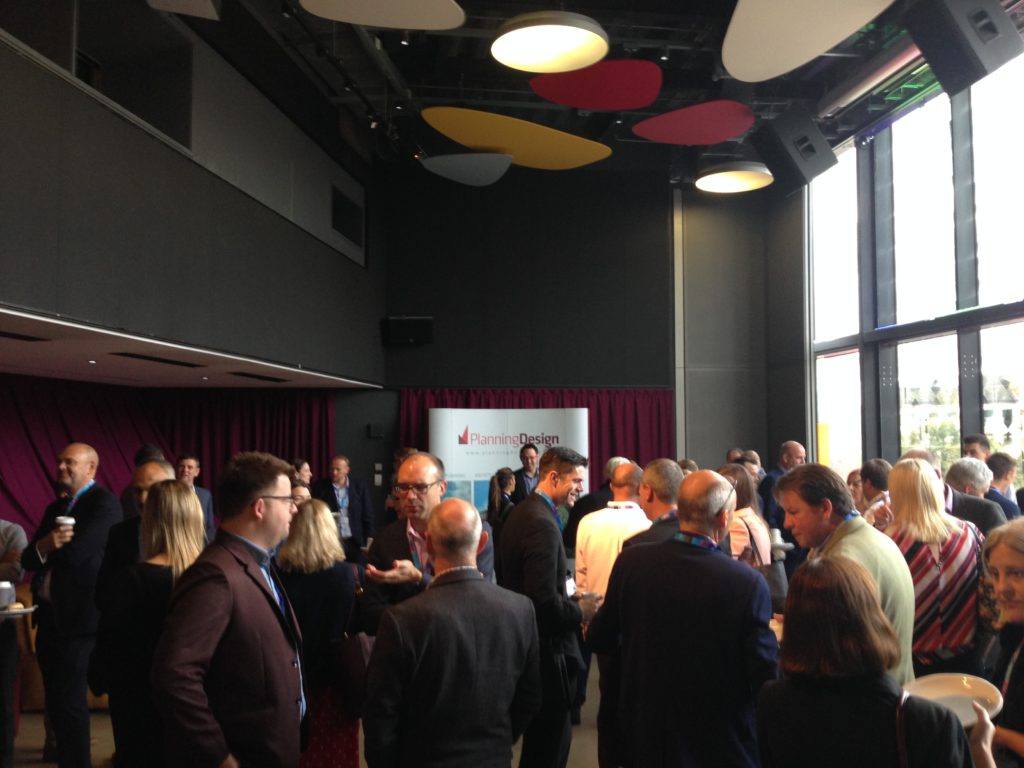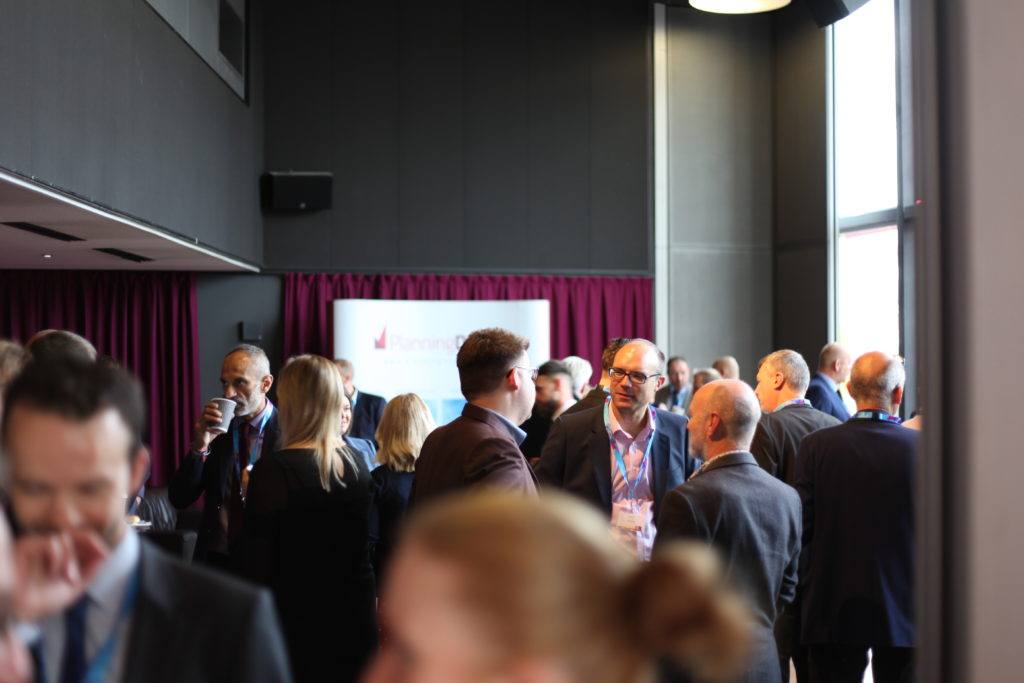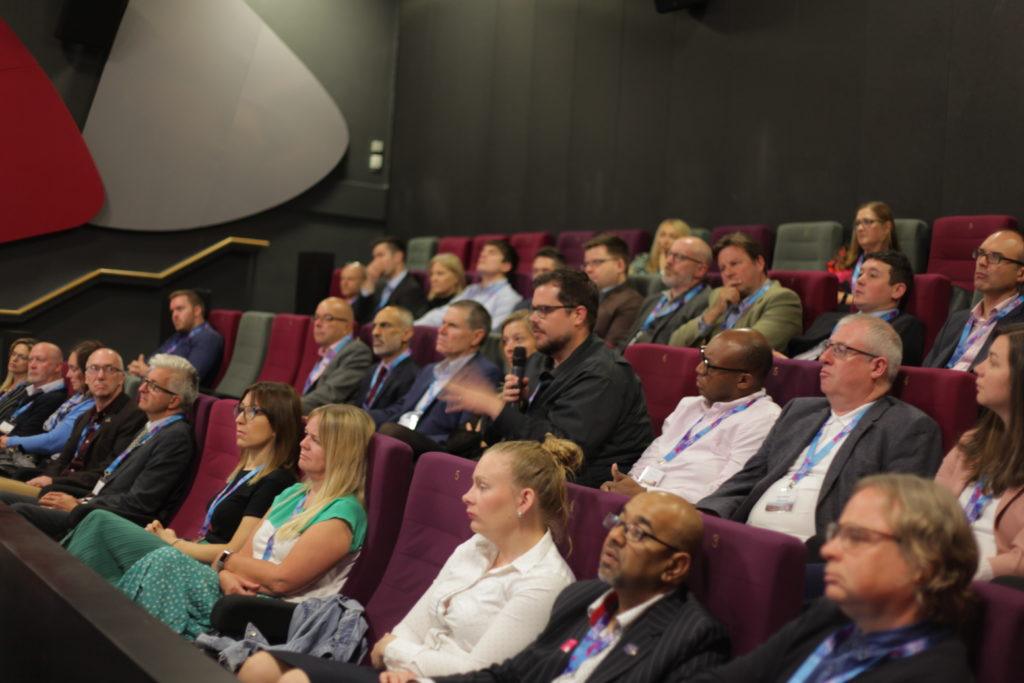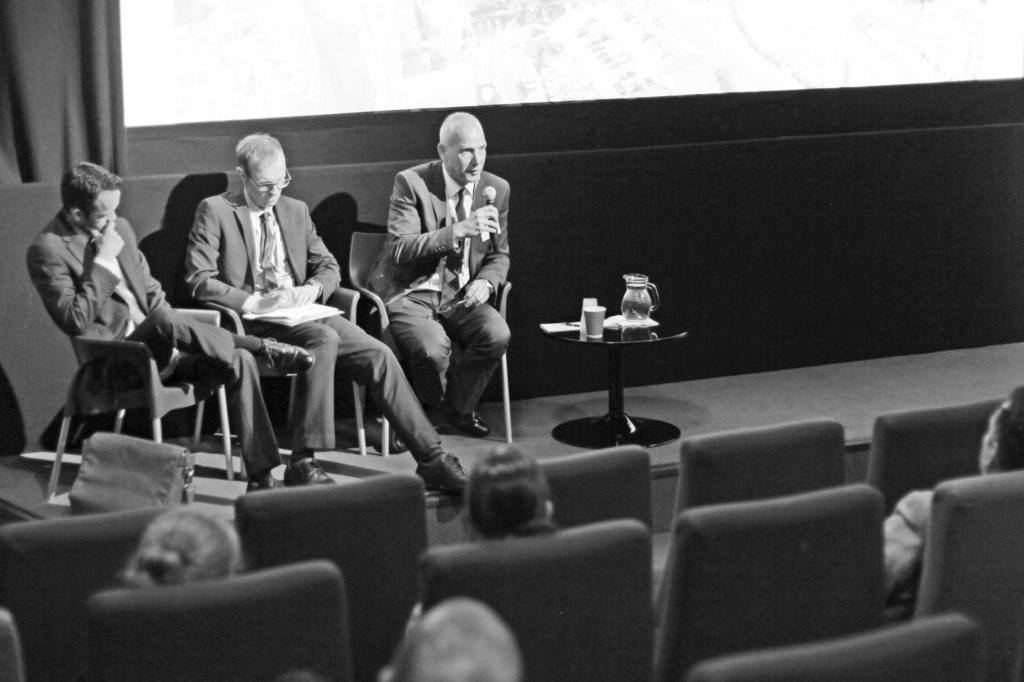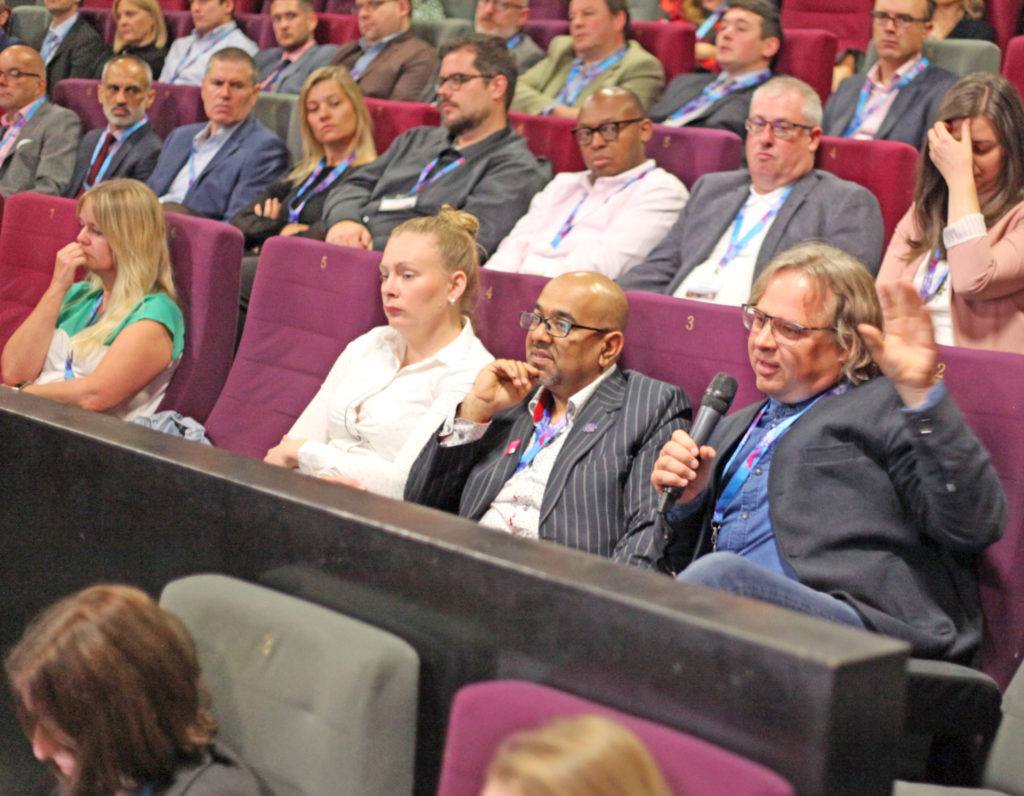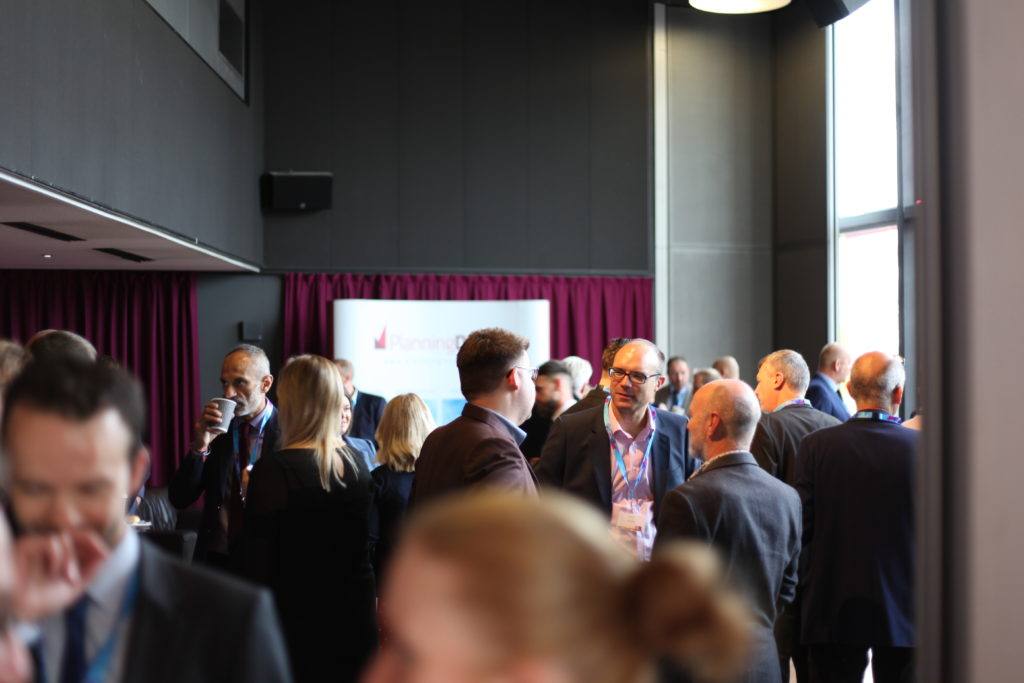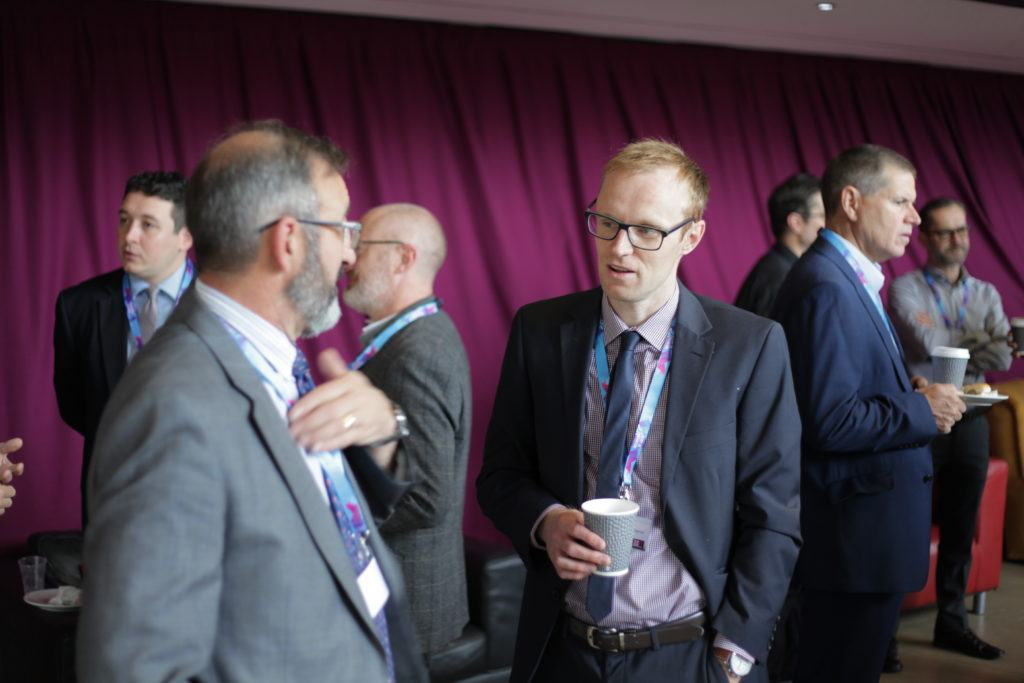What do Derby’s Landmark building and the proposed new Everton Football Club stadium in Liverpool have in common? The answer is that both have UNESCO World Heritage Site designations to contend with, writes Richard Pigott, Director at Planning & Design Practice Ltd.
In the case of the Landmark building a number of heritage bodies including Historic England consider that the Derwent Valley Mills World Heritage Site will be adversely affected by the proposed 17 storey residential building adjacent to St Alkmund’s Way, meaning a decision is yet to be reached nearly 2 years after the application was submitted. In Everton’s case, they plan to relocate to a site in the Liverpool – Maritime Mercantile City World Heritage Site.
As a lifelong Everton fan I am taking a keen interest in the planning application for Everton’s proposed new £500 million, 52,000 seat stadium submitted just before Christmas. It is proposed to relocate the club’s home from the historic Goodison Park to a site 1.5 miles to the west known as Bramley Moore Dock which is part of the docklands to the north of Liverpool which bears witness to the development of one of the world’s major trading centres in the 18th and 19th centuries.
UNESCO bestowed its prestigious ‘World Heritage Site’ title in 2004 but in recent years the scale of development in Liverpool has resulted in UNESCO placing the city on the danger list of losing their cherished moniker. The committee has cited “extreme concern” at the prospect of continued development of the historic docks despite the fact that many of them are currently empty, derelict and closed to the general public.
Critics of the WHS designation say that it’s a title which sounds impressive, but in reality delivers very little and that if the development of Liverpool Waters means the city has to forfeit its UNESCO status then so be it.
The planning application was only submitted on 23rd December so it is still very early days but Everton’s two stage public consultations saw more than 63,000 respondents take part and is widely recognised for being the largest commercial public consultation in the City of Liverpool’s history. The consultation has revealed overwhelming public support both for the siting and design of the stadium and the proposed redevelopment of Goodison Park for a community-led mixed use legacy project. Liverpool City Council has also pledged its support to the scheme, citing the regeneration benefits it will bring.
Everton state that the proposal would have a transformational impact on North Liverpool, kick-starting the regeneration of the northern docklands, contributing a £1bn boost to the city region’s economy, creating up to 15,000 jobs and attracting 1.4m visitors to the city each year.
However, the heritage issues involved make this a very interesting case and I will be keeping an eye on how the main parties respond to the proposal over the coming months.
Centre Image: The People’s Project, Pattern Design
